When Visuals Meet Imagination
I’ve been behind the lens for over two decades, watching the creative industry shift from darkrooms to DSLRs to drones—and now to AI. But when I first saw what Google Veo 3 could do, even I had to blink twice. Was this real?
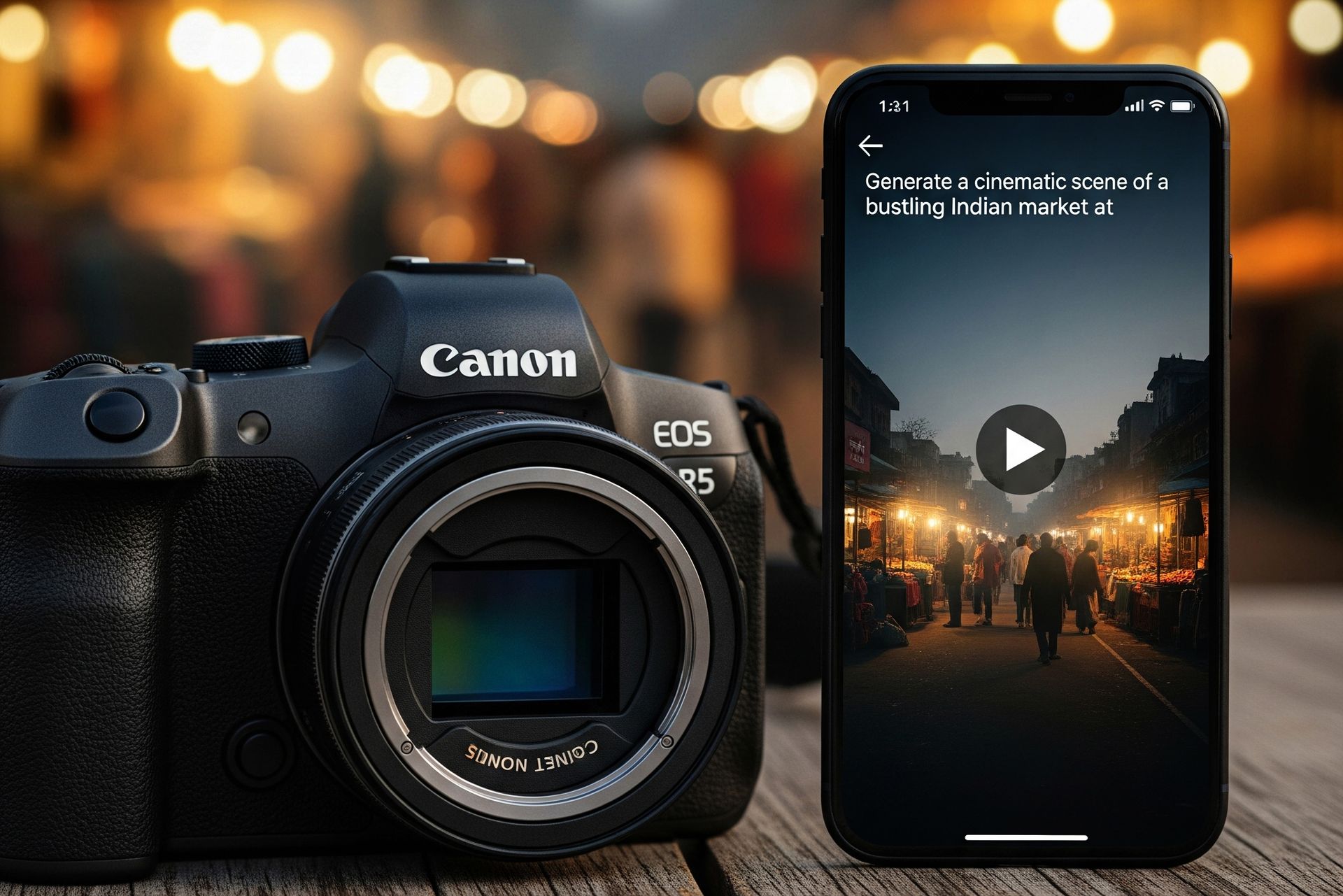
Imagine typing a few words and watching them bloom into a fully formed video—complete with cinematic motion, synced dialogue, atmospheric sound, and striking visuals. That's what Veo 3 does. It's not just a toy for tech nerds; it’s a powerful visual tool that’s just landed in India, and it could change how we storytell, especially for young creators trying to break into content or visual arts without a massive budget.
I don’t say this lightly: if I were 20 years younger, just starting out, I’d be glued to this thing.
What is Google Veo 3? And Why Should You Care?

If you're just stepping into the creative world—whether you shoot reels, vlogs, or product campaigns—Google’s new tool, Veo 3, might become your best creative partner.
It’s a text-to-video AI model developed by DeepMind, now integrated into the Gemini AI app. You simply type a sentence like, “A robot playing tabla at a sunset ghat,” and within seconds, Veo creates an 8-second cinematic video—with ambient sounds, background music, and even lip-synced dialogue if needed.
Unlike its competitors like OpenAI’s Sora or Runway, Veo doesn’t stop at visuals. It brings together movement, light, sound, and mood—just like a proper filmmaker’s storyboard. That’s why it’s a big deal.
When you’re on a budget (and who isn’t when starting out?), tools like this help you skip the gear, location scouting, models, and lighting setups—and go straight to the mood board.
Officially in India: Here’s What You Need to Know
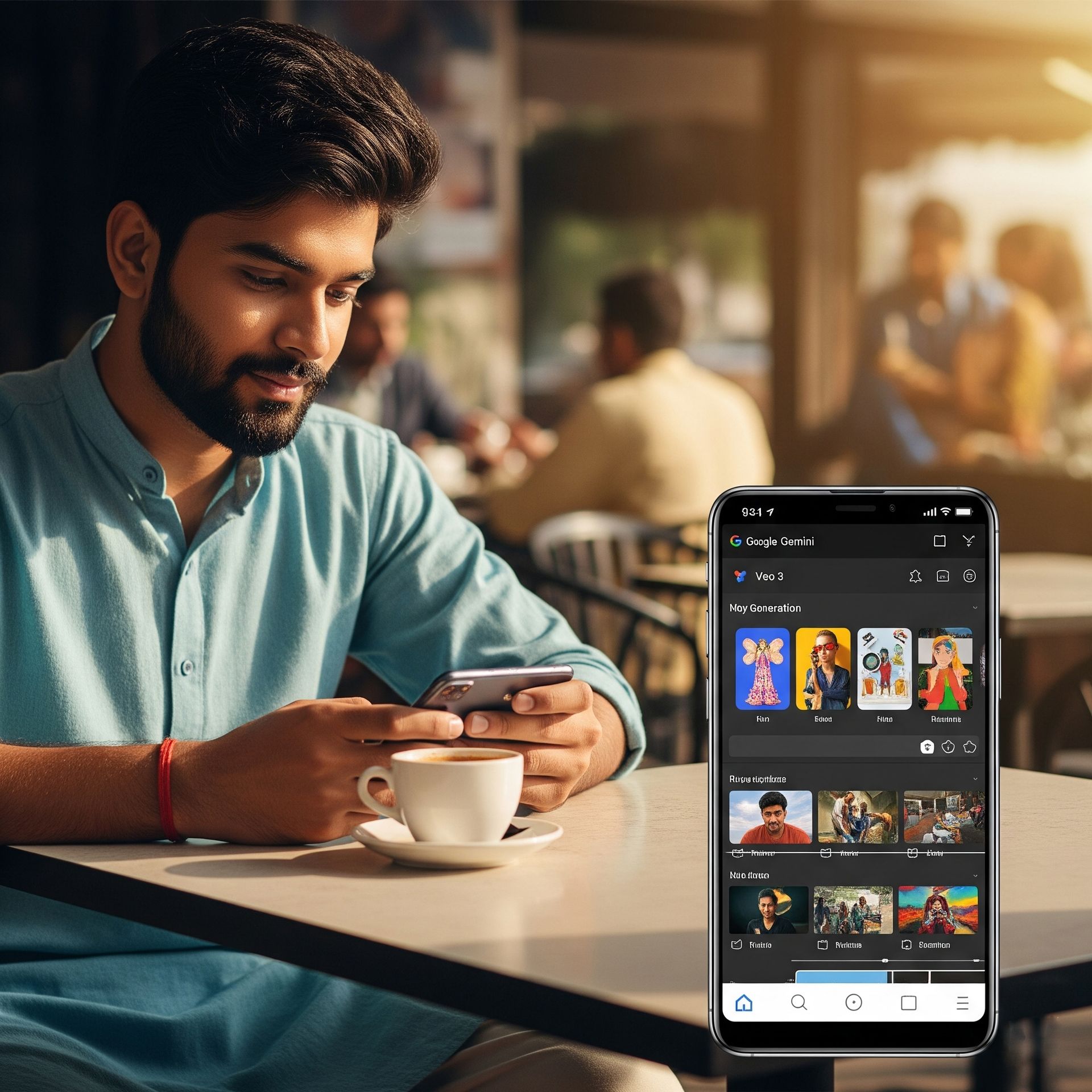
Google brought Veo 3 to India on July 3, 2025, and it’s now available via the Gemini app (Android & iOS). But before you jump in, here’s the deal:
- You’ll need a Google AI Premium Plan
- That costs about ₹1,999/month, but you get a 1-month free trial
- Each day, you can generate 3 full-quality Veo 3 clips
- After that, it switches to Veo 2, which is still decent, but not as advanced
The app lets you choose between text prompts, image uploads, or even combined inputs. You could shoot a still frame of your friend posing and animate them in a dream-like narrative, complete with music and ambient sound.
And if you're thinking, “Do I really need another app?”—this is not just an app. It's your idea-to-video shortcut.
Why Veo 3 is a Big Deal

Let me tell you as someone who’s spent nights editing in Adobe Premiere and sweating over lighting ratios—this tool replicates so many of the cinematic techniques we obsess over.
- Sound Design: Veo creates layered ambient sounds, dialogue, and music from prompts. No need for foley or licensing.
- Natural Movement: The AI understands physics. No more awkward body glitches or floating shadows.
- Visual Composition: You can instruct Veo to use “soft backlight,” “overhead drone angle,” or “shallow depth of field.” And it listens.
I tried a prompt: “A model walking down a runway in the desert, with fabric blowing in slow motion.” The result? It looked like something I’d shoot for a luxury label. I was impressed—and I don’t get impressed easily by AI tools.
If you’re serious about fashion, advertising, or storytelling, Veo 3 can become part of your creative workflow, not just your curiosity.
How Young Indian Creators Can Use Veo 3 Effectively
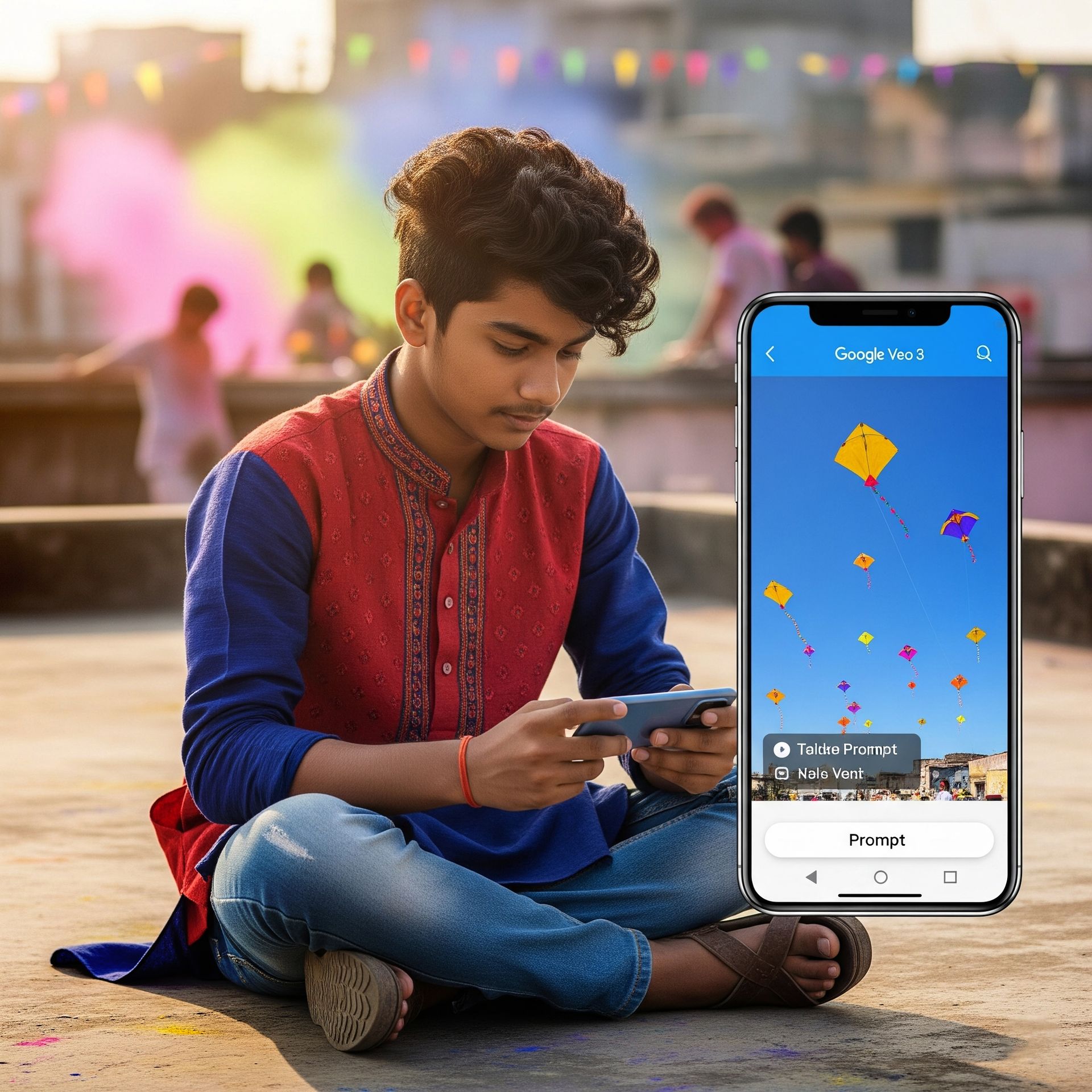
I meet a lot of aspiring photographers and videographers who feel stuck—they’ve got stories in their heads but no gear, no studio, and definitely no budget for production teams. I get it. I’ve been there.
With Veo 3, you don’t need any of that to start telling visual stories. You just need a sentence—or an image—and the AI handles the rest. It’s that simple.
Here’s how you can begin:
- Text Prompts: Type something like “A kid flying a kite during Holi in slow motion, soft Bollywood music in the background.” Veo brings it to life—colors, music, wind, mood—all there.
- Image-to-Video: Upload your own photo or sketch, then animate it. A product shot becomes an ad. A moodboard becomes a fashion film.
- Daily Limit: With the ₹1,999 plan, you get 3 fast Veo 3 videos per day. Use them wisely—treat each as a polished short you can publish.
This is perfect for:
- Influencers
- Digital artists
- Filmmakers building a showreel
- Educators looking to make their lessons visual
- And of course—photographers like us who want to explore motion storytelling
I’m telling you—this is the new way in.
Veo 3 vs. Sora: A Cinematic Showdown
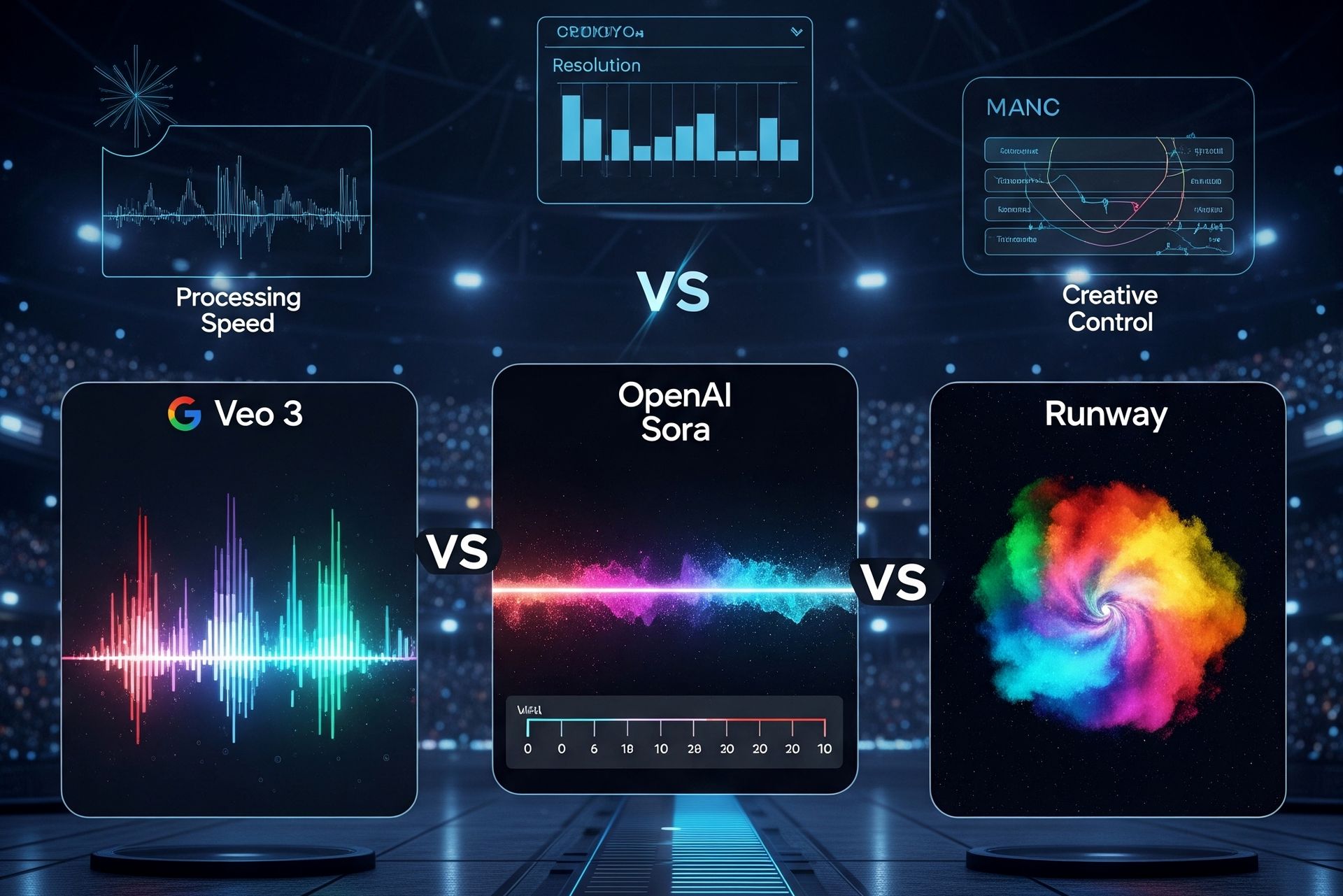
Let’s talk about the competition. Everyone’s comparing Google Veo 3 with OpenAI’s Sora and Runway, and the differences matter—especially if you’re planning to build content around these tools.
Here’s my take, straight up:
| Feature | Veo 3 | Sora | Runway |
|---|---|---|---|
| Audio generation | ✅ Native audio, music | ❌ No sound | ❌ Post-addition only |
| Realism | ✅ Cinematic lighting | ✅ High realism | ⚠️ Stylized, less natural |
| Accessibility | ✅ Gemini app in India | ❌ Limited access | ✅ Web-based |
| Creative control | ✅ Camera angles, tone | ⚠️ Some control | ⚠️ Basic controls |
| Output time | ⏱️ Fast (under 1 min) | ❌ Slower, no India access | ✅ Fast |
Sora may allow longer videos, but no audio means extra editing. Runway feels more like a graphic designer’s tool. Veo 3? It's made for people who love the art of moving visuals.
If you love rhythm, realism, and the ability to tell a story with both sight and sound, Veo 3 is the winner—hands down.
Watermarking, SynthID, and Ethical Content Creation
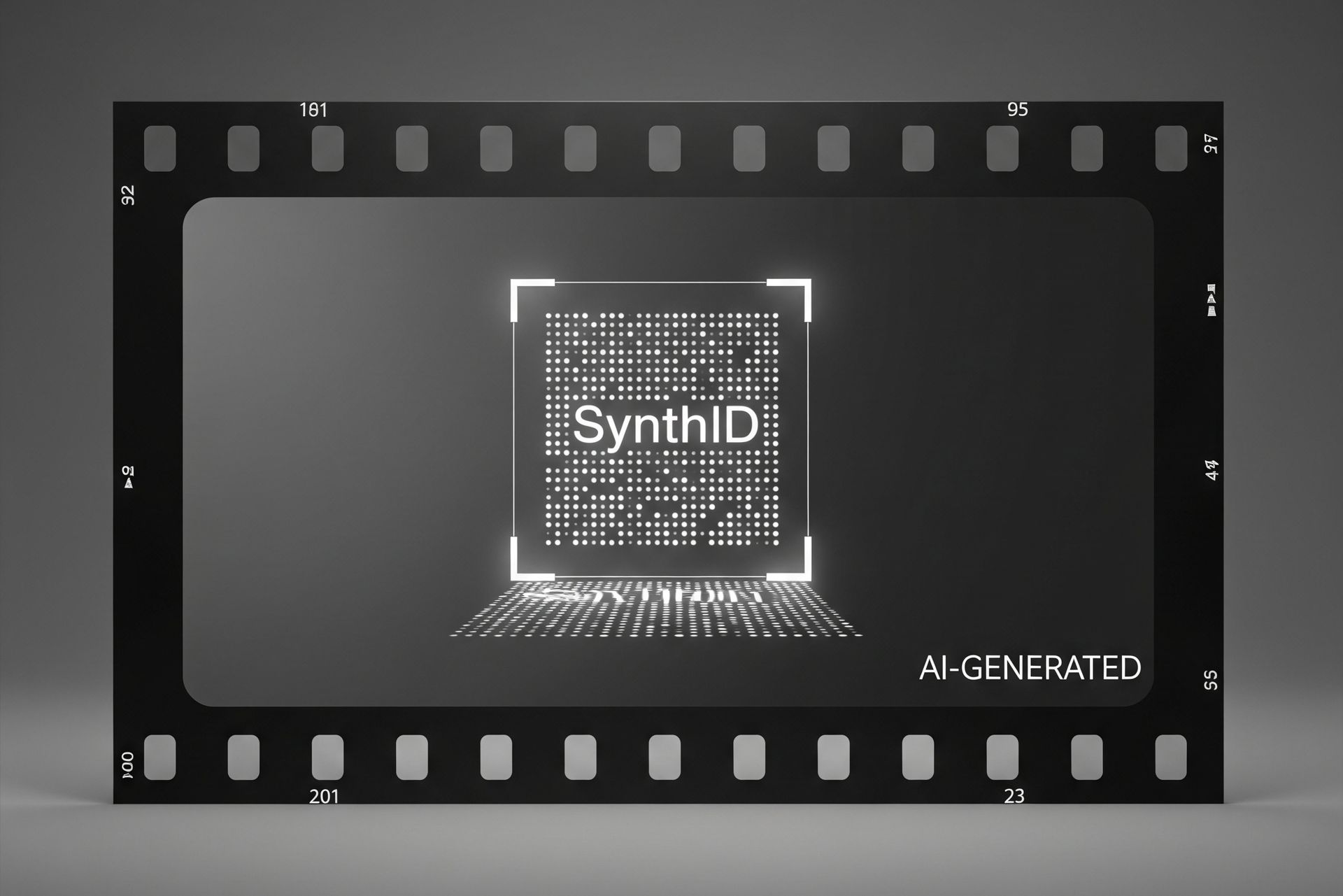
In photography, we sign our work. In AI video, it’s the same idea. Google makes sure every Veo 3 video includes:
- A visible “AI-generated” watermark
- An invisible SynthID tag, embedded in every frame
This protects you—as a creator—and the audience. You’re showing your work is AI-assisted but original. If you’re building a brand, this builds trust.
And let’s face it: AI has a dark side. Deepfakes, misinformation, scams. But with these watermarks, your work is traceable, authentic, and responsible.
As I tell young creatives: it’s not about hiding that you used AI—it’s about using it ethically and transparently.
YouTube Shorts Integration is Coming — Get Ready
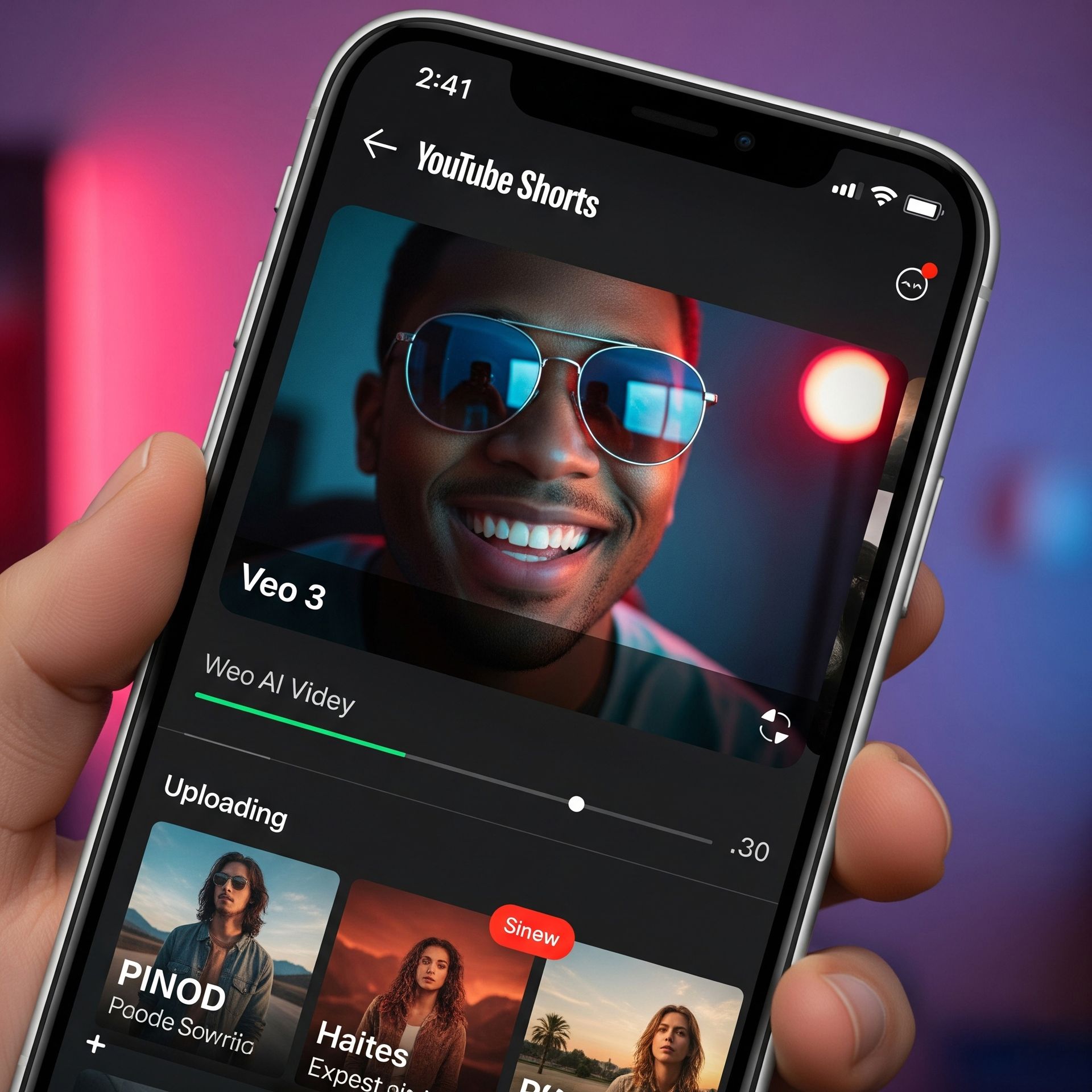
Here’s where it gets spicy.
Google has confirmed that Veo 3 will integrate with YouTube Shorts later this year. That means you’ll soon be able to:
- Create an AI video inside Gemini
- Upload it directly to Shorts
- Reach your audience instantly
If you’re not already building for Shorts, you’re missing the party. It’s fast, global, and creator-friendly. And when you show up with Veo 3-powered clips? You’ll look like you spent a weekend shooting something that took you 20 seconds to generate.
Expect this feature to roll out to Premium users first, with possible limited access to free users.
Start practicing now. Build your style. Find your tone. Veo 3 will be the launchpad—but your story is what flies.
Safety, Filters, and What You Shouldn’t Create
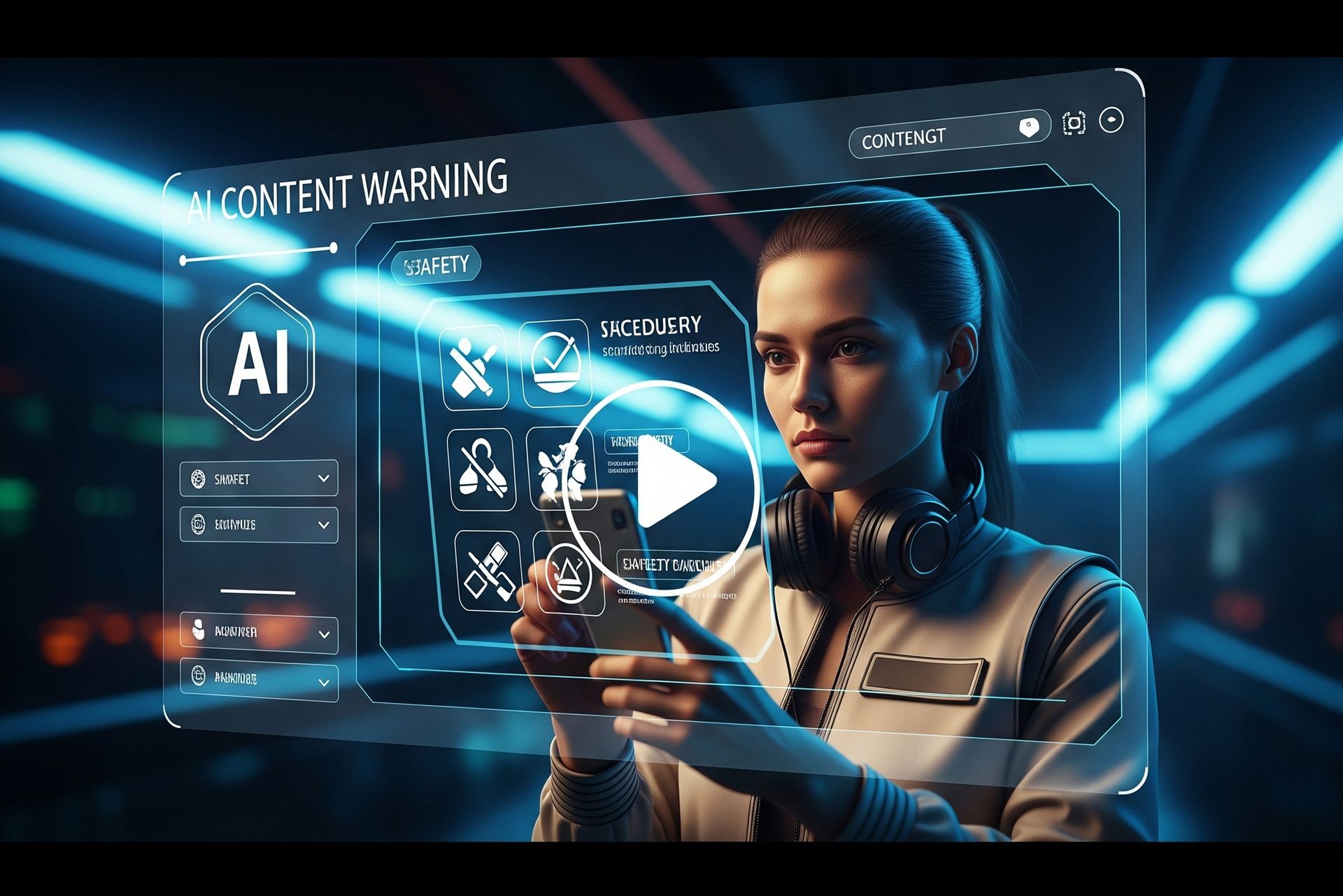
Now, let’s talk real for a second.
This tool is amazing—but it’s not your ticket to fool people. Google’s Veo 3 has red teams, moderation filters, and ethical guardrails to prevent:
- Hate speech
- Violence
- Impersonation
- Fake news or political content
Even with that, mistakes happen. Some clips have gone viral that shouldn’t have. So here’s my advice:
- Stick to creativity.
- Be transparent with your audience.
- Don’t try to shock—try to inspire.
If you use Veo 3 like a true artist, you won’t just avoid trouble—you’ll build something beautiful.
Real-World Use: From Bengali Folktales to Ad Campaigns
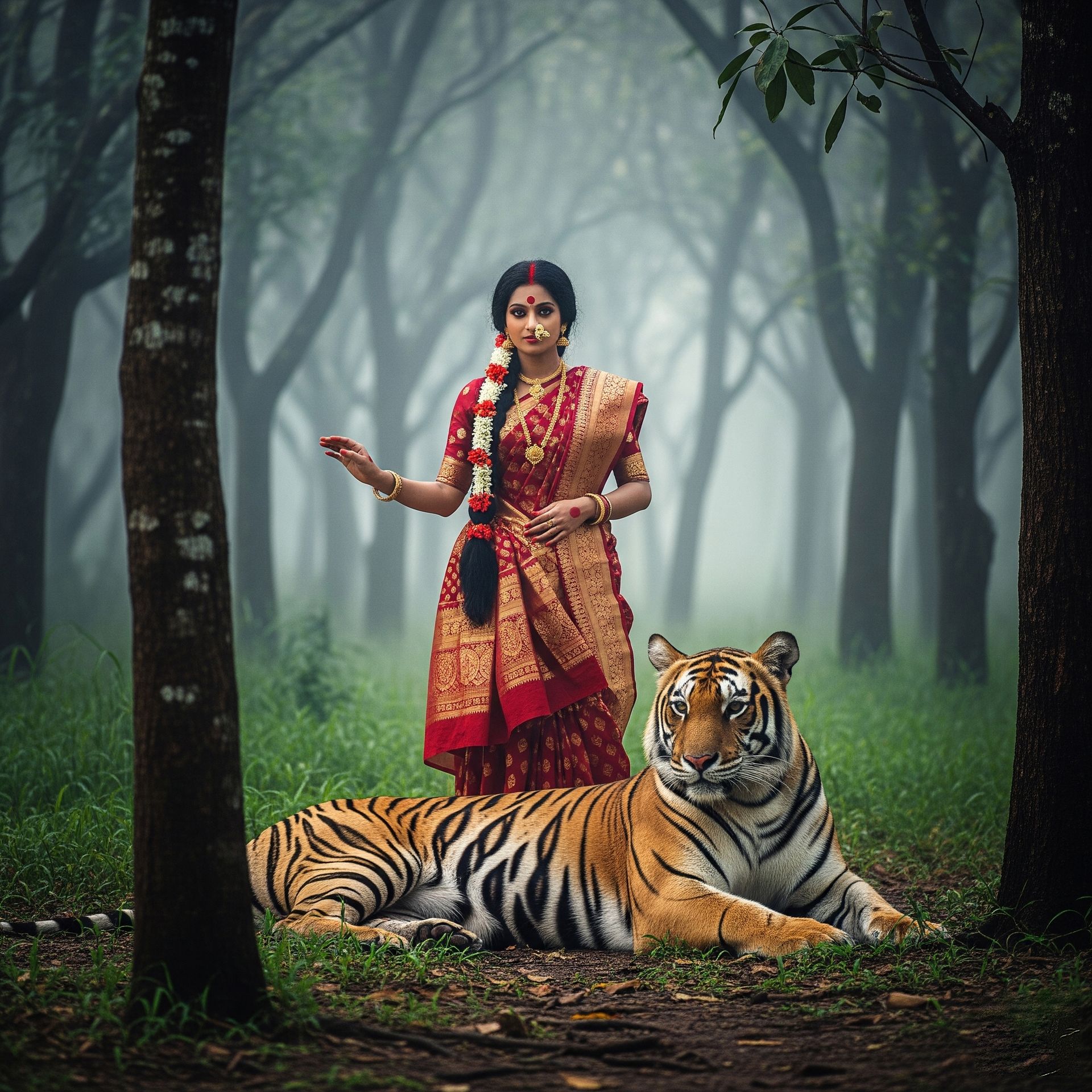
As someone who’s shot for luxury brands and indie designers alike, I’ve always believed that every frame should tell a story. With Veo 3, the frame is the story—and that opens up a world of opportunities, especially for Indian creators.
Picture this: a traditional Bengali folktale like Bonbibi and the Tiger visualised in dreamy mist, with ambient forest sounds and characters moving in cinematic rhythm. Or a product video for a homegrown startup visualised in Paris-style lighting without ever renting a studio.
Here’s what I’d recommend for different creator types:
- Fashion Photographers: Generate conceptual clips for pitch decks or campaign teasers
- Wedding Filmmakers: Animate couple names into scenic love-story clips
- Content Creators: Use Veo as a mood board or visual explainer tool
- Educators: Bring history, science, or literature to life with sound and animation
This isn’t a gimmick. This is a creative shortcut that lets you visualise your ideas—even before the first light test.
A Personal Tip: Use Veo 3 Like You’d Plan a Photoshoot

Let me give you something practical—this is how I treat Veo 3 prompts the same way I build a moodboard for a photoshoot:
- Scene Design: “Sunset, rural Bengal, red-and-gold sari, girl walking on a mud road”
- Lighting Direction: “Golden hour light from the side, lens flare”
- Audio Elements: “Wind blowing, birds, subtle background sitar music”
- Camera Moves: “Slow pan from left to right”
Put that into a Veo 3 prompt and watch what happens.

Instead of treating it like magic, treat it like pre-production. It helps you storyboard, pitch ideas, and share your vision with clients or collaborators—even before you shoot the real thing.
This is a blessing for young photographers who want to stand out during client meetings or art school presentations.
Limitations You Should Know (Before You Go All-In)
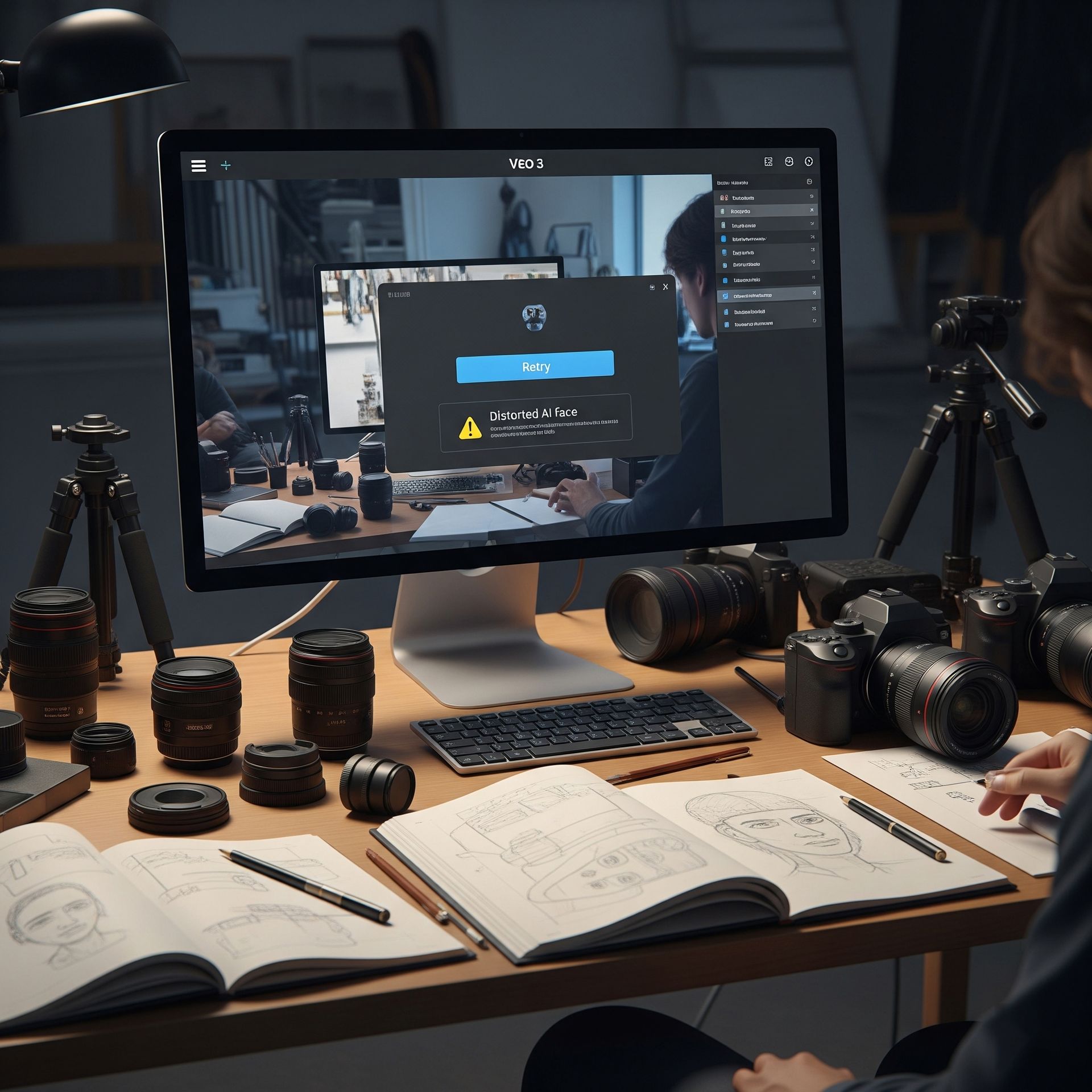
I’m not going to hype it without telling you the truth. Veo 3 is amazing—but it’s not magic.
Here’s what it can’t do (yet):
- Clip Length: You’re still limited to 8 seconds per video
- Accuracy: Sometimes, you’ll get weird faces or clumsy body movement
- Voice Control: You can’t input custom voice recordings (yet)
- No Scripted Dialogue: It creates “AI voice” speech, not full character scenes
So, don’t plan your whole short film on Veo. Think of it more like a visual sketchpad. I use it like a digital storyboarder—and if I get something great, I use that vibe for the real production.
But even with its flaws, what it can do in 10 seconds takes us hours with traditional gear.
Real Reviews from Creators Around the World

I like hearing what other creators think—especially when they work in video, sound, and digital art. After Veo 3 launched, the feedback was loud and clear.
-
Min Choi, an AI educator on Twitter, wrote:
“Google Veo 3 realism just broke the Internet yesterday. This is 100% AI — 10 wild examples.” — @minchoi_ai
-
On Reddit, a creator posted:
“Veo was clearly trained on movies. Not even close. This beats everything right now.” — u/MizantropaMiskretulo
-
Another Redditor said:
“It just works. Sora looks cool, but Veo makes me feel like a filmmaker.” — u/danwilson85
-
On LinkedIn, Steve Suarez wrote:
“Revolutionizing content creation. You may no longer need traditional video production teams.” — LinkedIn Post
These aren’t random tweets—they’re coming from real creators who know their tools.
From Kolkata to the World: What This Means for India

Let me wrap up this section with something close to my heart.
I started out shooting fashion in the streets of Kolkata, hustling through client briefs, budgets, and barely-there lighting kits. Now I’m watching a tool that lets a 19-year-old with a phone create a video that looks like a film trailer.
That’s power.
India has one of the largest pools of young creators, artists, filmmakers, and storytellers. With Veo 3 in our hands, we don’t need to wait for funding or studio space. We just need ideas—and the courage to create.
So whether you're animating your poems, visualizing your dreams, or pitching your next brand campaign—start with Veo. Start now.
Conclusion: Use the Tool, But Keep the Vision Yours
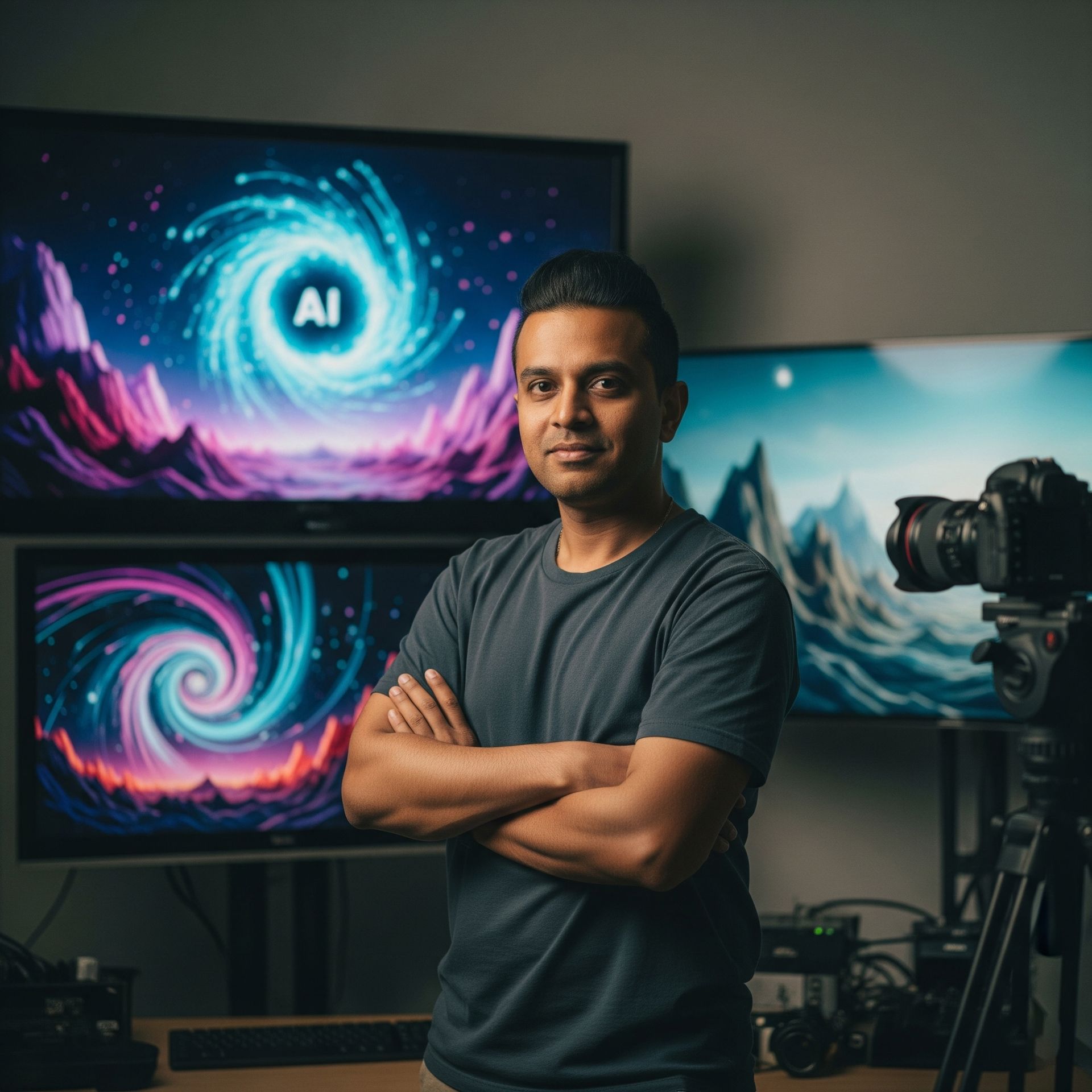
If you’ve read this far, you already understand—Veo 3 isn’t just another AI tool. It’s a creative amplifier. But don’t make the mistake of thinking the tool is the talent. It’s not.
You are the storyteller.
You bring the emotion, the timing, the soul.
Veo 3 just gives you a shortcut to visualizing that story faster.
From my lens—after 24 years in this business—this tool reminds me of when DSLRs changed everything, or when Photoshop first arrived in studios. Some dismissed them, but others used them to evolve. Now it’s your turn.
Whether you're a YouTuber in Delhi, a wedding shooter in Chandigarh, or an art student in Siliguri, this is your moment to create. Push the boundaries. Blend real and AI. But always stay grounded in your vision.
FAQs:
1. Is Google Veo 3 free to use in India?
No. You need to subscribe to the Google AI Premium Plan at ₹1,999/month. However, there’s a 1-month free trial for first-time users, which is great for experimenting.
2. Can I make videos longer than 8 seconds?
Not yet. Veo 3 currently generates only 8-second clips. You can stitch multiple clips together manually if you’re building something longer.
3. What makes Veo 3 better than Sora or Runway?
Veo 3 stands out for its:
- Native audio and sound generation
- Realistic motion and lighting
- Integration with Gemini and soon, YouTube Shorts
Sora creates longer videos but lacks audio.
Runway is great for stylized output but not cinematic realism.
4. Can I upload Veo videos directly to YouTube Shorts?
Soon, yes. Google plans to integrate Veo 3 with YouTube Shorts. You’ll be able to publish straight from the Gemini app once it rolls out—expected later in 2025.
5. Is it safe and legal to use Veo 3 for commercial content?
Yes, if you follow guidelines. Veo 3 adds a visible watermark and a SynthID invisible tag to every video. This helps platforms verify the content. Avoid using it to create misinformation or impersonations.
Final Call to Action
If you're ready to create, all you need is an idea and 10 seconds.
No studio. No lighting rig. No crew.
Just your vision—and your voice. Feel free to explore my advertising photography work for inspiration and follow my blog for more guides, tools, and creative insights.